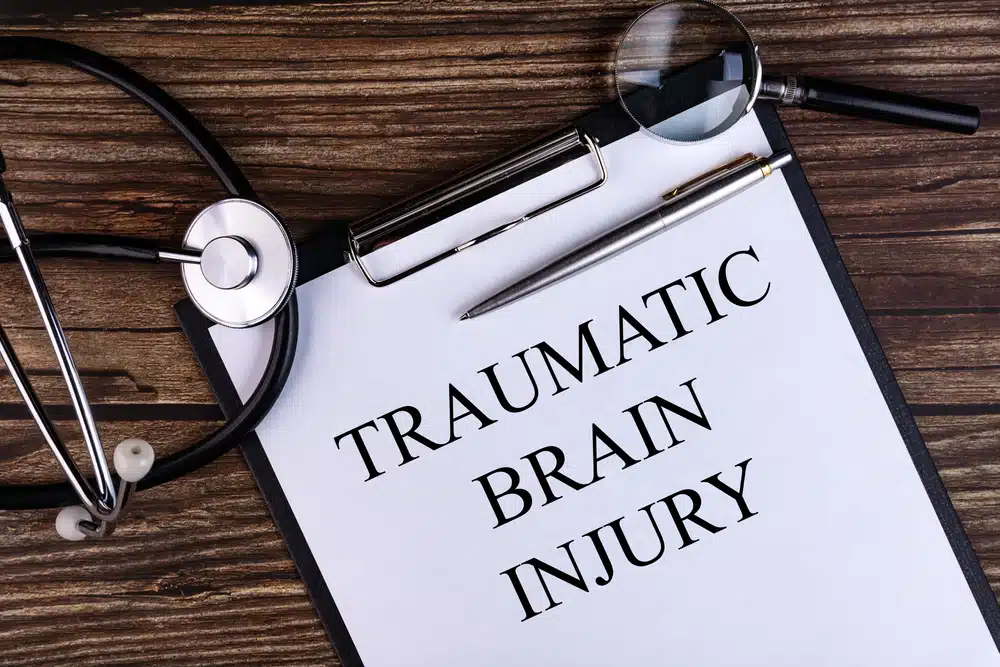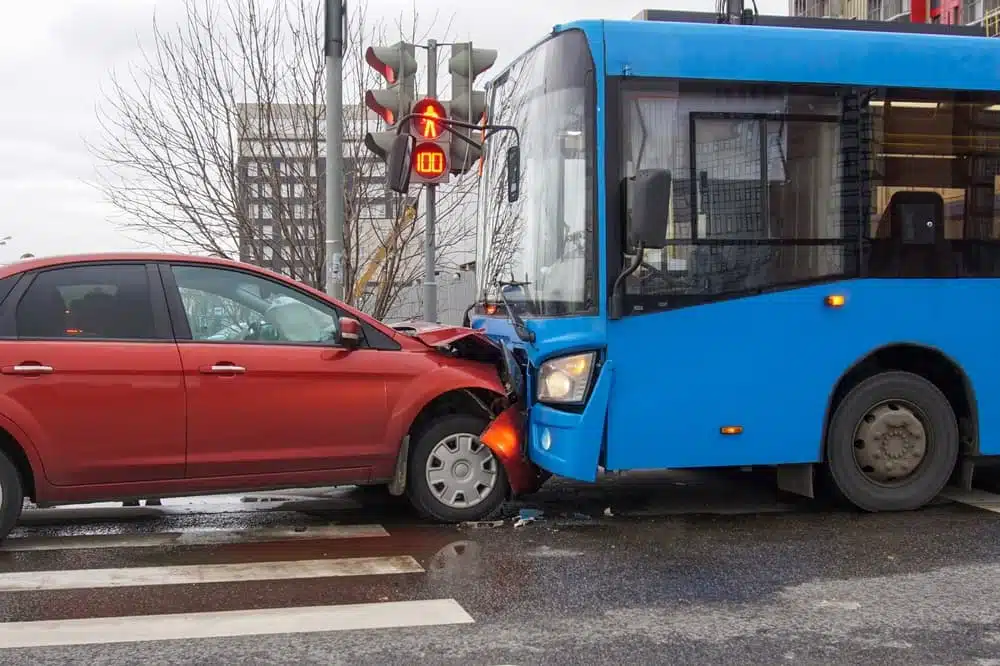Injury lawyer blog
When a traumatic brain injury (TBI) disrupts lives in Brooklyn, victims face physical, emotional, and financial battles. But the fight… Read More
Amid the uncertainty of a Brooklyn auto collision, many people have the same question: what is the average settlement for… Read More
A denied insurance claim after a car accident doesn’t mean you’re out of options. There are legal steps you can… Read More
When someone flees an accident scene, they create additional challenges beyond typical car accidents, from identifying the absent driver to… Read More
Gathering evidence after your crash involves thorough investigation, record-keeping, and quick thinking. These efforts begin immediately after the collision and… Read More
Birth injury

Study Suggests Zofran Not Safe for Use During Pregnancy Many pregnant women are prescribed Zofran as an anti-nausea drug. Yet… Read More
Bus Accidents
Car Accidents
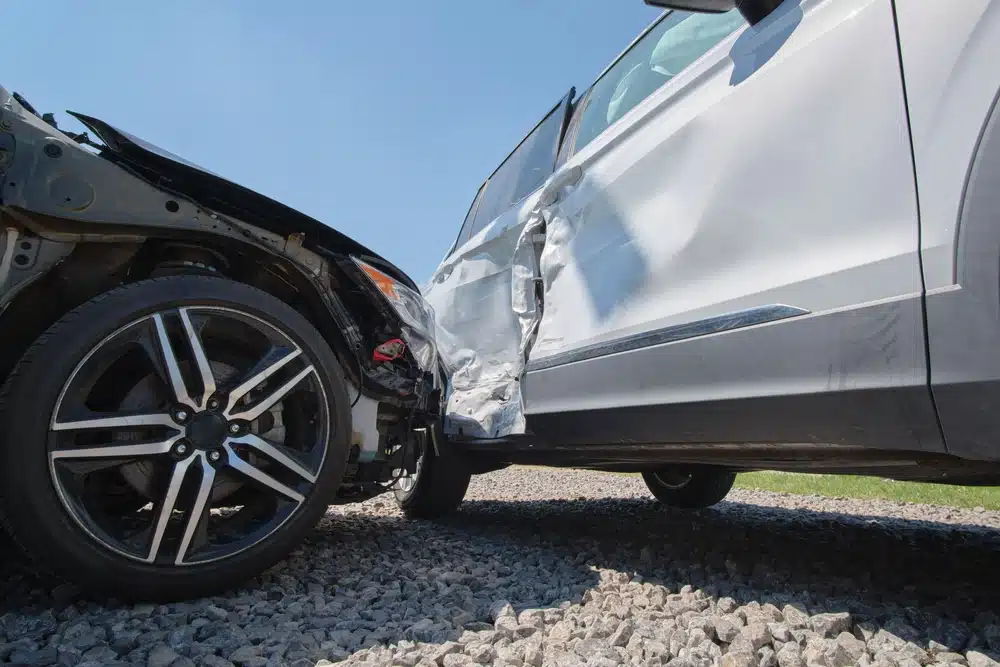
Amid the uncertainty of a Brooklyn auto collision, many people have the same question: what is the average settlement for… Read More

A denied insurance claim after a car accident doesn’t mean you’re out of options. There are legal steps you can… Read More
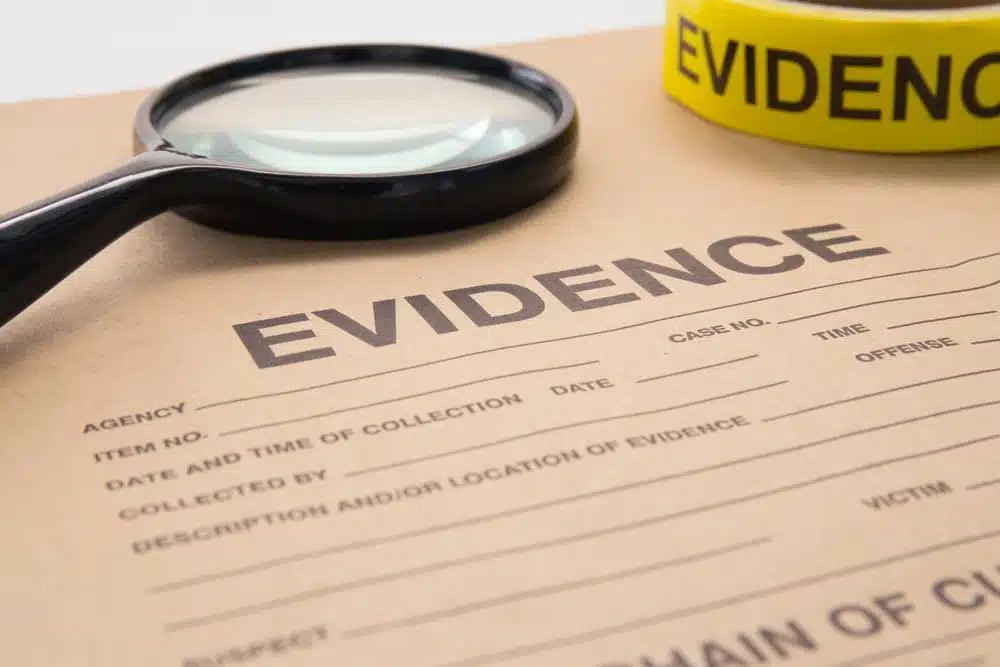
Gathering evidence after your crash involves thorough investigation, record-keeping, and quick thinking. These efforts begin immediately after the collision and… Read More
Medical Malpractice
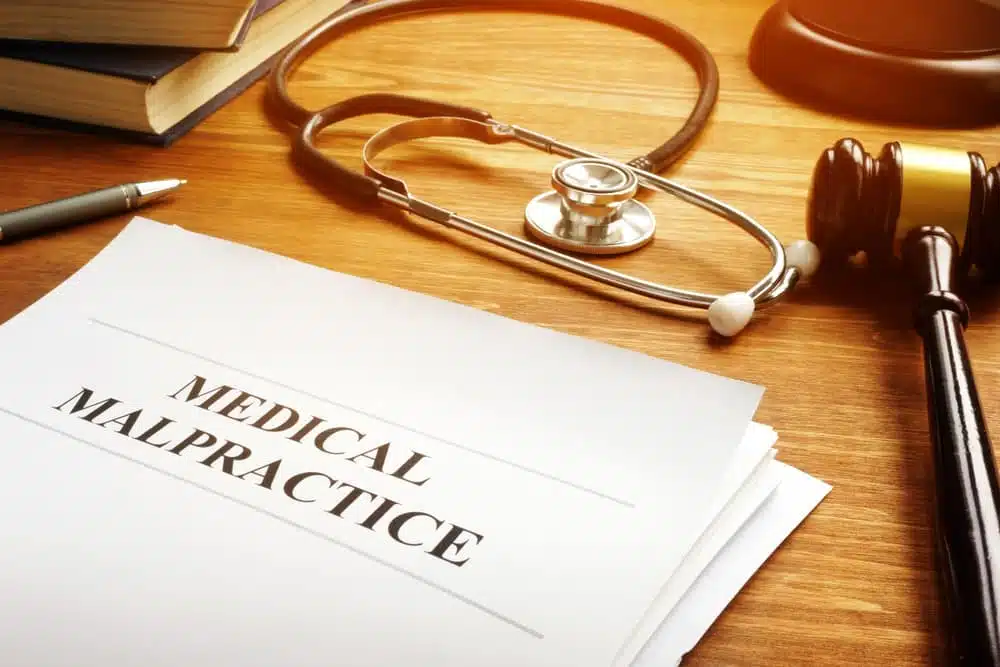
To file a medical malpractice lawsuit in Philadelphia, you’ll need to meet specific requirements and filing deadlines to potentially recover… Read More
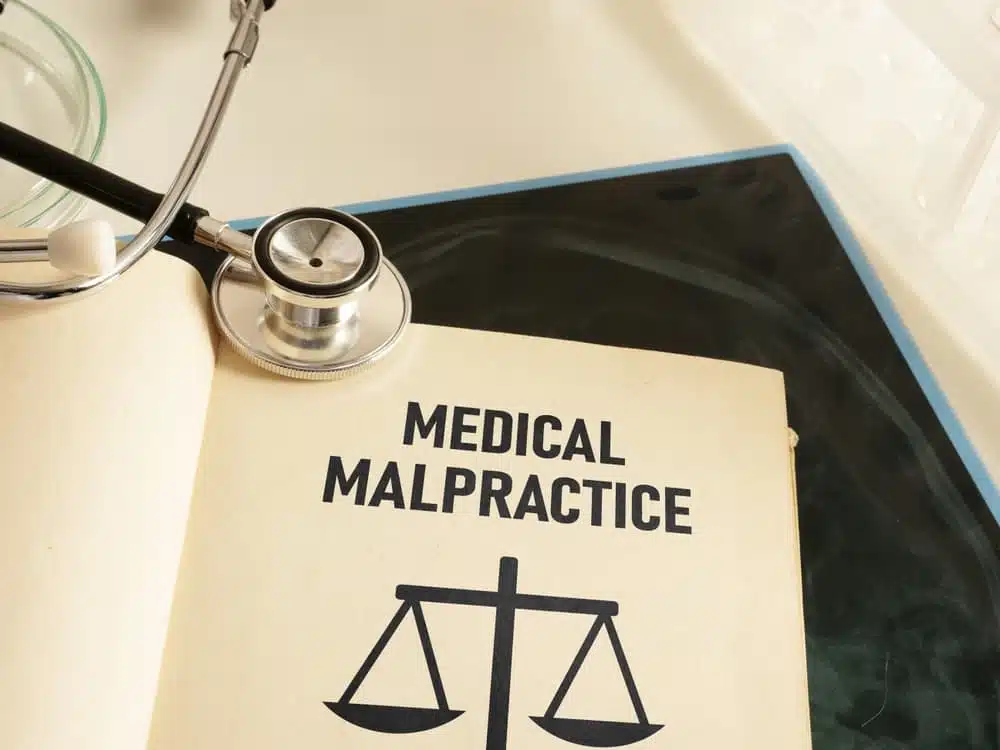
When you visit a doctor or hospital, you trust that the medical professionals caring for you will provide the best… Read More

HBO Documentary “Bleed Out” Shows Effects of Medical Mistakes for Patients and Their Families Medical errors happen much more often… Read More
Personal Injury
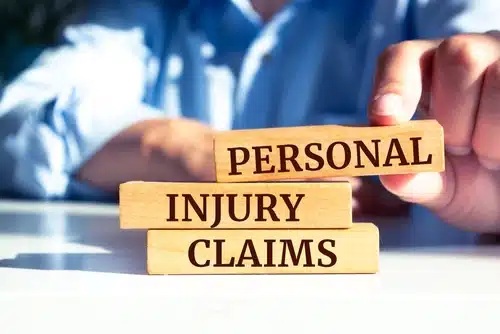
A serious injury changes your life in an instant. Whether you were injured by a negligent driver on Route 70,… Read More

Speaking to a personal injury lawyer should be at the top of your to-do list after a rideshare accident in… Read More

Experiencing an accident can upend your entire world in an instant. Aside from the physical injuries, many victims face emotional… Read More


